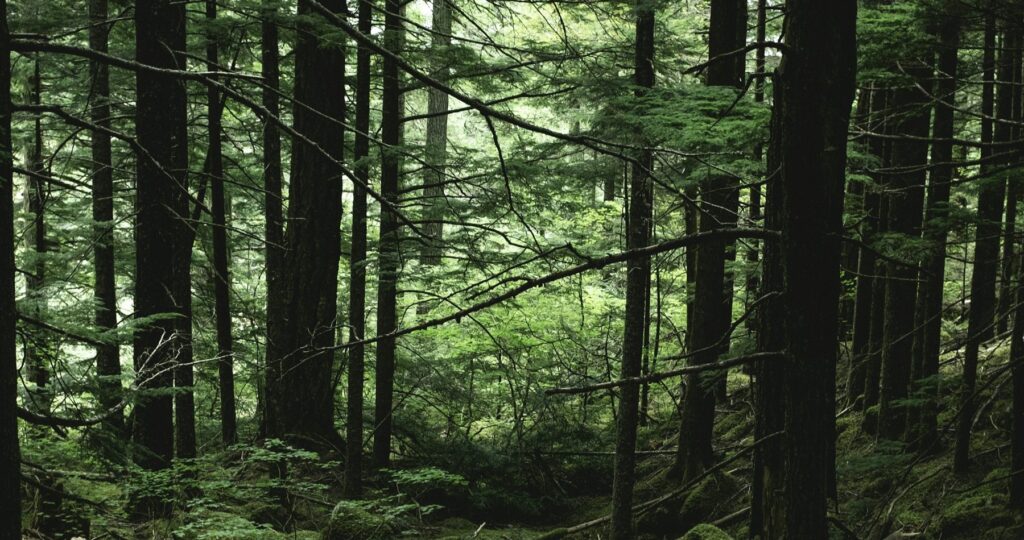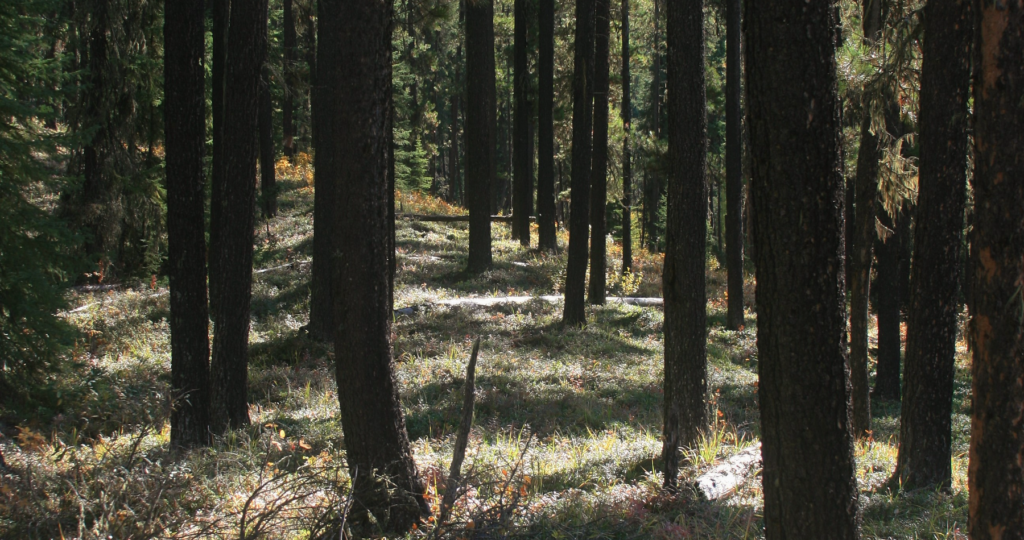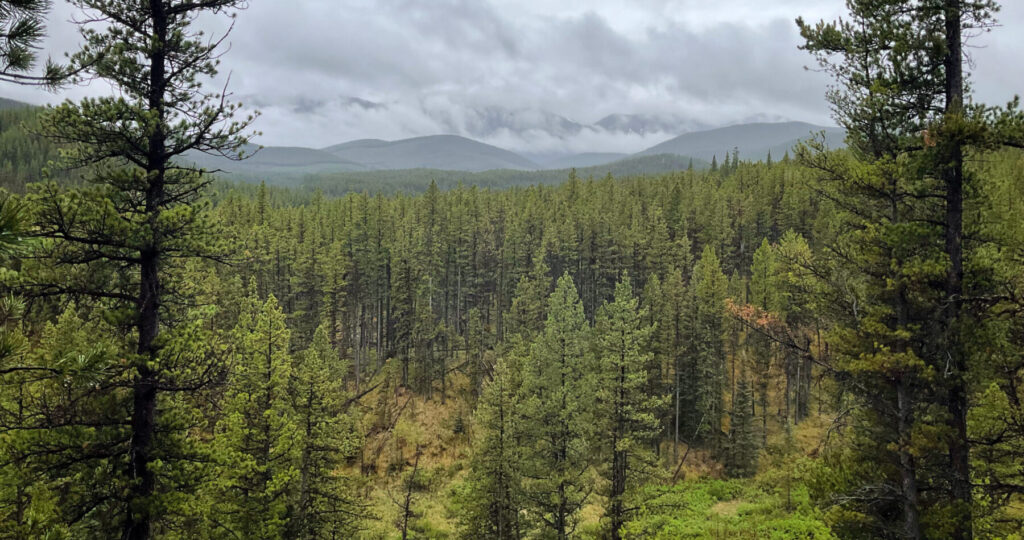Post Category : Heritage Management Local Archaeology Special Finds
What should I do if I find an arrowhead?
It is not uncommon for farmers, gardeners and outdoors-men and women to find artifacts like arrowheads, spear points, stone axes and hammerstones. Farmers often find them in their fields after plowing. In fact many farmers have more impressive artifact collections than a lot of museums do! Click here to read about some of Alberta Culture’s work documenting artifact collections across the province.
One thing people often are not sure about is how to report finding an archaeological site and who to tell when they find an artifact. Reporting artifact finds can help archaeologists to better predict where other historic or archaeological sites are likely to be. The more sites we can identify the better our understanding the past gets. You never know, your find might be totally unique and groundbreaking. Maybe it’s the oldest spear point in Alberta! We can learn about and protect our historic resources better if we work together.
To report a find you can go to the Alberta Culture website link below:
https://www.alberta.ca/report-archaeological-find.aspx
from here you will be asked to provide a digital photo of the artifact, a location (can be a GPS coordinate, a legal land description, a permanent landmark or an image of a map), your phone number (optional) and your organization, institution or corporate affiliation (optional). This is the minimum but if you could add a description of what you found and the circumstances around your find that would be helpful too.
When you click on “Report your Discovery” you will be brought to a blank page with the email address for the Archaeological Information Coordinator in the address line. Simply email the above information to that address.
What Happens Next?
The Archaeological Information Coordinator will confirm that this is a new archaeological site and assign the site a Borden Number. The site will then be entered in to the Archaeological Site Inventory database which will help archaeologists to predict where other sites in the region are. If it is a known site, she will contact the archaeologist that initially recorded it and confirm with them that it is the same site and discuss whether a site form update is required for the site. If you provided a phone number when you reported the find you may get a follow up phone call to let you know the outcome of your report. When you find an artifact please leave it where you found it. Removing artifacts from where they were found means we might lose important information to help determine the age of the find and whether it is associated with other artifacts.
If you’re not sure that your find is an artifact, or are not sure what to do about it, you can contact us, call us toll free at 1-866-873-3846, or email archaeology@treetime.ca. We would love to hear about your find and can help to confirm what it is and help with the next steps. We can even take care of reporting it to Alberta Culture for you.




